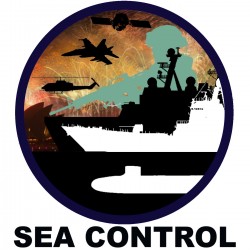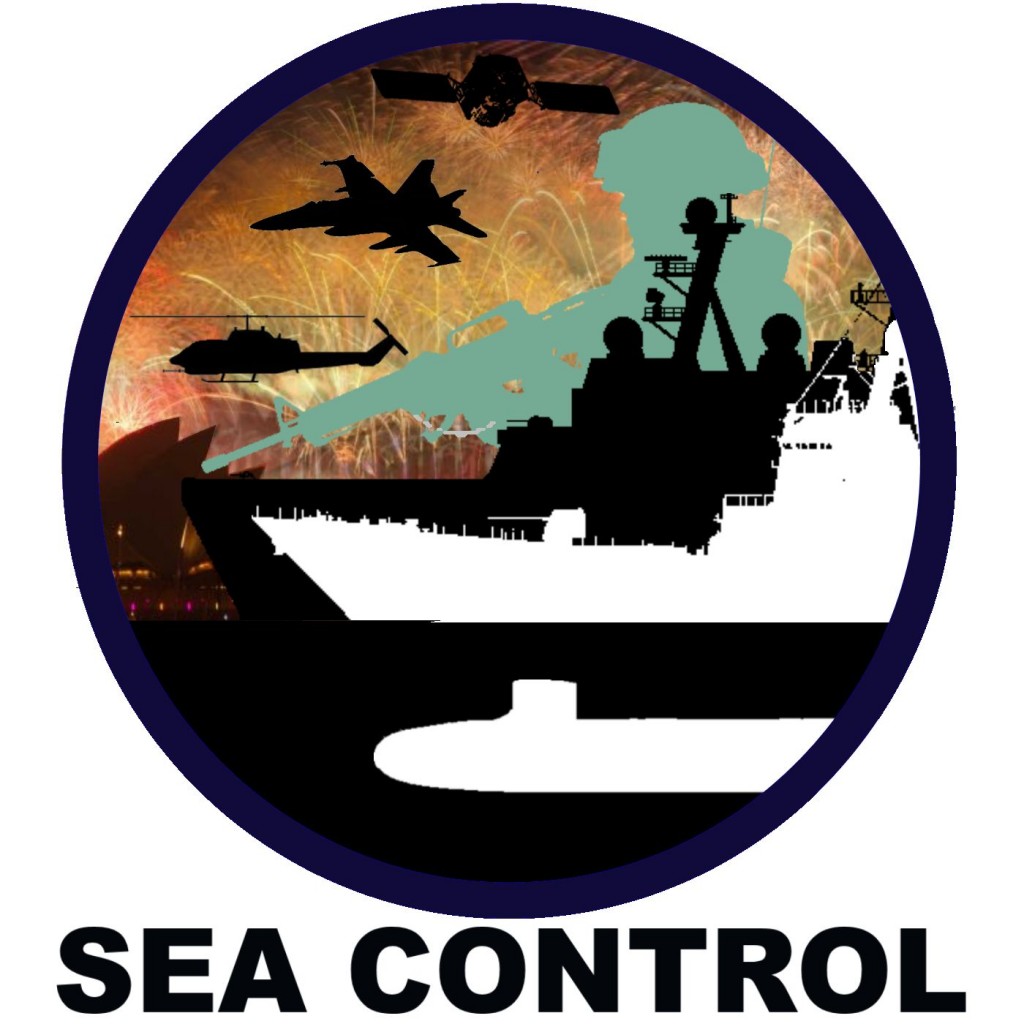
Here at CIMSEC, we’ve featured a number of posts on the nature of innovation recently, mostly focused on ongoing initiatives such as the CRIC. I’d like to take a breather for a few days and take a retrospective look at a critical piece of innovation – failure. And so, CIMSEC brings you Dead Ends Week, starting 24 March.
Dead ends can include ship designs, new technologies, tactics or even something so mundane as an administrative process in the maritime domain. If the initial attempts didn’t go anywhere, it’s fair game. The only exception is aviation – there are simply so many aerospace examples, only a couple of truly unique initiatives can be included, or this will turn monotonous very quickly.
Please, submit your contributions!
A good thought process as you pick topics would be to (very roughly) classify the dead end, discuss why it failed, and explain what lessons came of it. Variation is welcome.
Some ideas for different types of dead ends:
– Nullified by some extrinsic change (such as new developments in buggy whips failing to gain a foothold in the automotive era)
– Lost to a rival system (the classic VHS vs. Beta contest)
– Simply didn’t work as advertised (probably the most fun, and self-explanatory)
– Ingenious, but with no real application (i.e. WTF?)
Let the parade of failures begin!
Matt McLaughlin is a Navy Reserve lieutenant and strategic communications consultant who grew up on a cul-de-sac, which isn’t quite a dead end but is pretty close. His opinions do not represent the Department of the Navy, Department of Defense or his employer.


 The global system doesn’t stop just because we’re all staying up late to drink Champagne… which means Sea Control doesn’t stop either. Matt and Scott discuss the last and next year of CIMSEC in this New Year’s mini-edition of Sea Control. Yeah, 30 minutes isn’t really “mini”, but we do it up big here at CIMSEC. Download
The global system doesn’t stop just because we’re all staying up late to drink Champagne… which means Sea Control doesn’t stop either. Matt and Scott discuss the last and next year of CIMSEC in this New Year’s mini-edition of Sea Control. Yeah, 30 minutes isn’t really “mini”, but we do it up big here at CIMSEC. Download

